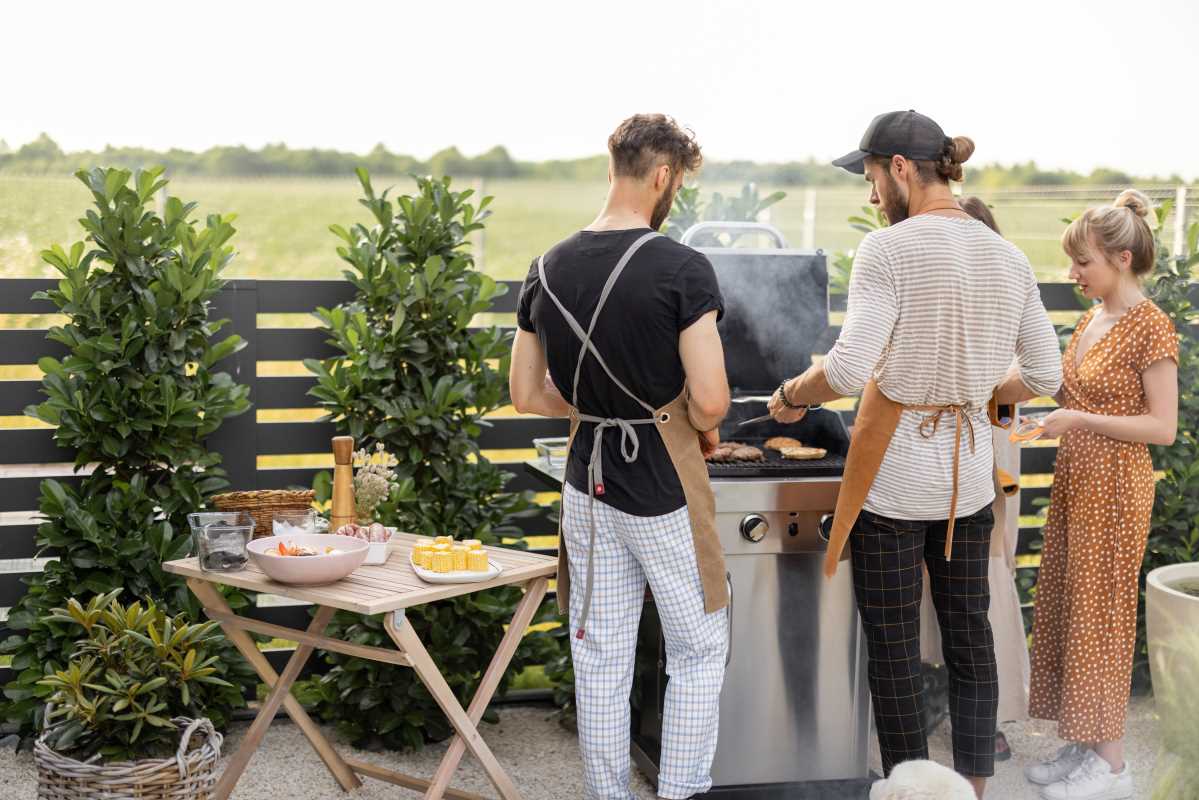Cooking is as much an art as it is a science, with chefs constantly experimenting to push the boundaries of flavor, texture, and presentation. Some techniques are so unconventional that they seem almost like magic — yet, they deliver impressive results. From modern innovations to ancient practices, here are some of the most unusual cooking techniques that actually work, transforming meals into extraordinary culinary experiences.
1. Cooking Sous Vide for Perfect Precision
Sous vide (French for "under vacuum") is a modern technique that involves sealing food in vacuum bags and cooking it in a precisely controlled water bath, usually at a low and consistent temperature. At first glance, this method might seem peculiar, but it’s widely celebrated for its ability to achieve even cooking and unparalleled texture.
- The beauty of sous vide lies in its precision.
- The method ensures that your food is cooked evenly from edge to edge without overcooking.
- For instance, a steak cooked sous vide at 130°F will be perfectly medium-rare throughout. After cooking, it's usually seared briefly in a hot skillet to create a golden crust.
Beyond steak, sous vide is used for delicate dishes as well. Eggs can be cooked to velvety, custard-like perfection, and fish like salmon remains tender and moist in ways traditional methods can’t match. While it may require specialized equipment like an immersion circulator (which is now more affordable than ever), home cooks are increasingly adopting sous vide for its flawless results.
2. Mastering Spherification in Molecular Gastronomy
Spherification is one of the more whimsical techniques that belong to the molecular gastronomy movement. It involves transforming liquids into gel-like spheres that resemble caviar. The technique, popularized by chefs like Ferran Adrià, adds both an element of surprise and a playful sensory experience to dishes.
The process uses sodium alginate and calcium chloride. When these chemicals react, they create a gel-like membrane that encases the liquid inside. For example, you can turn fresh orange juice into tiny orbs that explode with flavor when bitten into. These "caviar-like" pearls are perfect for cocktails, desserts, and even savory dishes.
- Reverse spherification, a variation of the technique, allows you to work with liquids that contain calcium, such as yogurt or cream, making it possible to create decadent orbs like yogurt “drops” for breakfast parfaits or creamy balsamic pearls for salads.
- While the method sounds like a science experiment (and to some extent, it is), the delightful results have made it a favorite in high-end kitchens.
3. Salt-Crust Cooking — An Ancient Secret
Salt-crust cooking is an ancient method that not only sounds unusual but looks like it belongs to a bygone era. However, it’s as relevant today as it was centuries ago, prized for its ability to lock in moisture and flavor.
The technique involves encasing food — usually proteins like fish or chicken — in a mixture of salt and water, often with egg whites to bind it. The crust hardens as the dish bakes, creating a sealed "oven within an oven." The salt traps steam and heat, keeping the food tender and juicy while imparting a subtle seasoning.
Whole fish prepared in a salt crust, such as sea bass or snapper, emerges incredibly moist with a pristine flavor. Don’t worry about the dish being overly salty — the crust is usually discarded after cooking. This technique may seem dramatic when you crack open the hardened crust, but the results are undeniably worth the spectacle.
4. Cooking with Liquid Nitrogen for Culinary Drama
Liquid nitrogen cooking might sound like something out of a sci-fi movie, but it’s a fascinating technique used to create dramatic effects and unique textures. At temperatures as low as -320°F, liquid nitrogen flash-freezes food almost instantly, resulting in textures that can’t be achieved with traditional freezing.
One common application is making ice cream in mere seconds.
- The rapid freezing creates an ultra-smooth texture by preventing large ice crystals from forming.
- Liquid nitrogen also allows chefs to freeze herbs, fruits, or even alcohol, which can then be crushed into airy powders or brittle shards.
Beyond desserts, chefs use liquid nitrogen for presentation — think of plumes of fog billowing from a cocktail or a dessert plate. While it requires careful handling due to its extreme temperature, it’s a show-stopping technique that elevates both flavor and dining experience.
5. Coffee in Unexpected Places with Vacuum Brewing
While traditionally used for making coffee, vacuum brewing doubles as a tool to craft deeply flavored broths and stocks. This tool relies on steam pressure to push water through coffee grounds or other ingredients before it cools and filters back into the lower chamber.
Chefs use this technique as a unique way to extract bold, pure flavors from ingredients like herbs or spices for sauces and soups. For example, you could create an aromatic dashi broth for Japanese dishes or infuse liquids with unexpected flavor combinations like tarragon and citrus. The precise temperature control of this brewing method ensures that flavors are consistent and balanced.
6. Cooking with Ash for Smoky, Rustic Notes
Cooking with ash might initially sound like a mistake rather than a technique, but when done intentionally, it delivers extraordinary flavor and presentation. Used in cuisines around the world, ash is often created from charred vegetables, herbs, or wood and brings smoky, earthy tones to dishes.
One popular example is ash-coated goat cheese, which gains its distinct flavor and visual appeal from vegetable ash mixed with salt. Another application is roasting vegetables like leeks or eggplants directly in the coals until they’re charred, imparting a robust, rustic flavor to the soft interior.
Beyond flavor, ash creates a striking visual element. The stark black color against lighter ingredients adds dramatic contrast, enhancing a dish’s presentation.
Why These Techniques Are Gaining Popularity
These techniques are thriving because they spark creativity in both chefs and diners. They enhance flavor, offer unique textures, and often bring an element of surprise. Whether it’s the precision of sous vide, the amazement of spherification, or the sensory excitement of liquid nitrogen, these methods emphasize that cooking is as much about experience as it is about sustenance.
While some of these techniques may initially seem intimidating, they offer endless possibilities for adventurous cooks. Whether you’re experimenting with sous vide at home or savoring a dish adorned with spherified pearls at a restaurant, these unusual methods demonstrate that sometimes the most unconventional ideas yield the most extraordinary results. Cooking, after all, is a never-ending adventure!
 (Image via
(Image via





